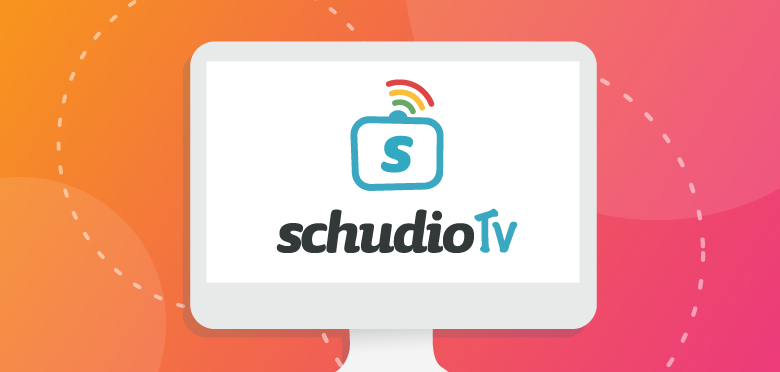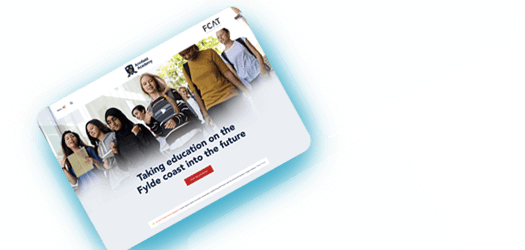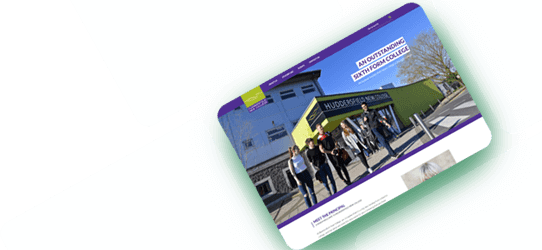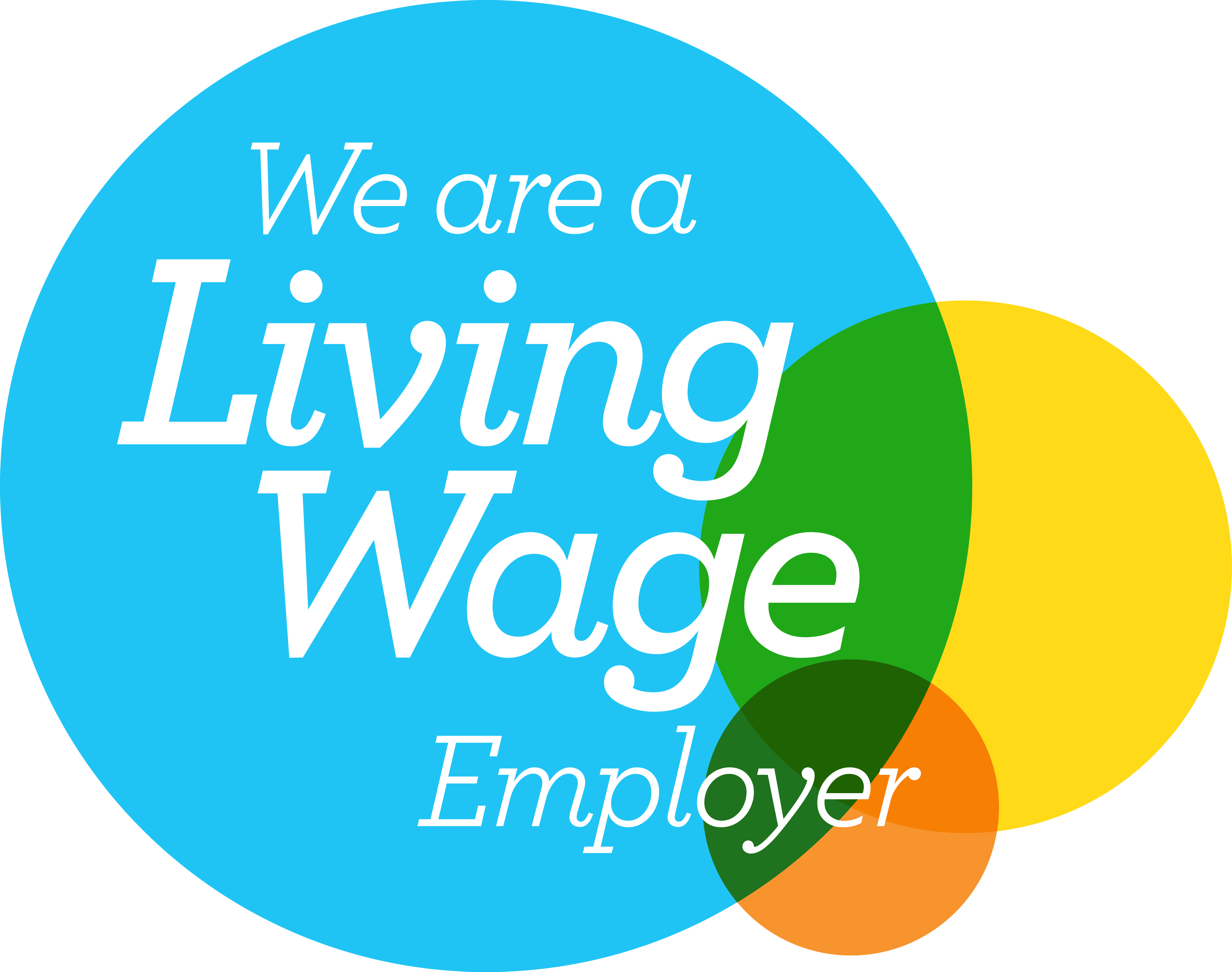Understanding HTML and the Building Blocks that come with it
Understanding HTML and the Building Blocks that come with it

HTML is crucial to understand if you want to know how the web works.
HTML stands for Hypertext Markup Language. It’s a standard language used to create either web pages or web applications. Every time you access a website, a server sends an HTML file to your computer and your browser interprets and displays the information included in that file. This blog you’re reading now is simply data that has been stored in an HTML file and sent to your browser. It is easy to learn the basics of HTML in 2-3 hours, then with this solid foundation, you can progress into more complex HTML coding and also dive into javascript and CSS.
What does HTML Coding Look Like?
Basically, HTML code looks just like regular text. A big feature of HTML code is the use of angle brackets. These angle brackets enclose the markup code which tells the browser how to display the document data.
Here’s an example of some simple HTML code:
<!DOCTYPE html>
<html>
<head>
<title>Page Title</title>
</head>
<body>
<h1>This is a heading.</h1>
<p>This is a paragraph.</p>
</body>
</html>
Above are the basics of what a web page is made up of. If you ever wanted to know what a page you are on looks like in HTML form, turn the page into source mode. Turning your page into source mode can appear very scary with how much coding there is. However, once you understand the basics of HTML it’s easy to see how it all works. To fully understand the basics of HTML coding you need to know the 3 building blocks which are; tags, elements and attributes.
Tags
The bits of text which can be found inside of the angle brackets along with the brackets are known as ‘Tags’. This is used to separate code from normal text. They also help to tell the browser how to display the web page between the opening and closing tags. These two; <html> and </html>. All tags come in pairs, as one tag is used to open the tag and the other used to close the tag, the difference shown in the HTML tags above. Finally, you must always remember to open and close the tags and remember to use the angle brackets for them to work.
Elements
Elements are the tag as a whole, so this includes the opening tag, the text within and then the closing tag as well. Following on, a web page is lots of HTML Elements all put together like a giant puzzle. Elements are very easy to understand once you understand Tags. The only part of elements where it can start to become tricky is when you have elements appearing within elements, however, if you practice this section a lot you will then realise it’s not tricky if you know where to put the element codes.
Attributes
Attributes are used to define the more specific information within an element. They usually come in name, value pairs, (name=“value”). Attributes can also be used to help size images, change the font, size and colour of the text. This means most types of elements will only appear/ be used if we need them to. The main two points you will need to remember about Attributes is to put quotation marks around the value so it can be identified more easily. Secondly, write it out in all lower case.
Conclusion
In conclusion, if you would like to know more about HTML and be shown how to create HTML, keep your eyes peeled this autumn as a new course will be coming to SchudioTV.
This course will show you how to create certain features such as text, images and lists through HTML. This can then implement onto your Schools website to take it to the next level.







